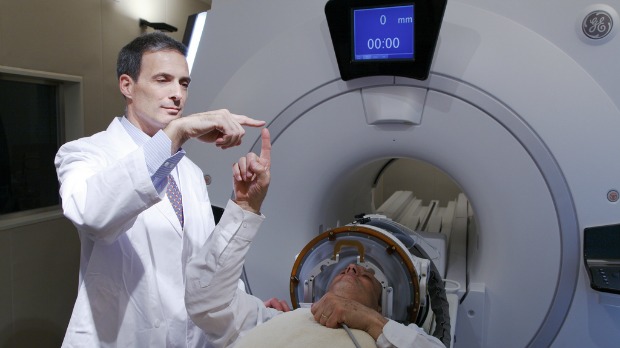The magnetic resonance imaging (MRI) has been used in the diagnosis and treatment of various health problems. Different technologies have been introduced by different researchers to improve the technology. Researchers have studied the use of three types of MRI devices, which are 1) optical, 2) RF-ultrasound, and 3) Induction MRI. This would be an overview about induction MRI technology and its improvements.
Sedation MRI in New Jersey was discovered by Hideo Nishimura et al in 1991. The induction MRI system makes use of the dynamic magnetic field change, which is induced into the part of body by using a magneto-restrictive element to make a small coil move. This movement then generates an electric signal, which is then detected and processed as output. The main advantages of the induction MRI are quick visual readability of the images and a rapid acquisition time. However, using this system has its disadvantages. The major problem of induction MRI is that it makes the coil move to generate signals, which can cause unwanted tissue heating up during imaging. Another disadvantage is that a magneto-restrictive element cannot travel in its entirety within the body, which can lead to misalignment or partial movement of the coil. In addition, there has been no improvement on how to control and compensate for the magnetic field change produced by this device. Thus, this device is still being used as an experimental platform in today’s technology.

The magneto-restrictive element is one of the major components of the induction MRI system. This element incorporates a magneto-restrictive material in order to cause movement of a coil when stimulated by a magnetic field change. This element was first discovered in 1835 by Faraday and Henry. They found that ferromagnetic materials do not alter their magnetic characteristics when exposed to an AC field. These materials were soon used for hard drives of computers for the storage of data, which means this material could record and play back information easily. The magneto-restrictive material became popular in the field of medicine, where it was used for detecting mechanical movement of a coil through a magnetic field. This material has been used in various systems for technology such as electrical prostheses, motors and actuators, MRI devices, and so on.
However, the magneto-restrictive element is not the only component of the induction MRI system. Other components are required to make this element work efficiently. For example, there are sensors to be implanted inside or around tissue to detect changes in magnetic field intensity through the element. This sensor would also contain a control unit which would help generate and regulate signals when appropriate.


